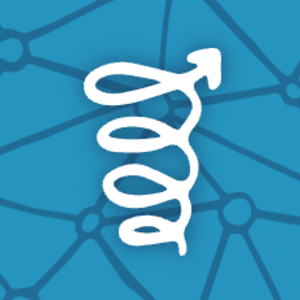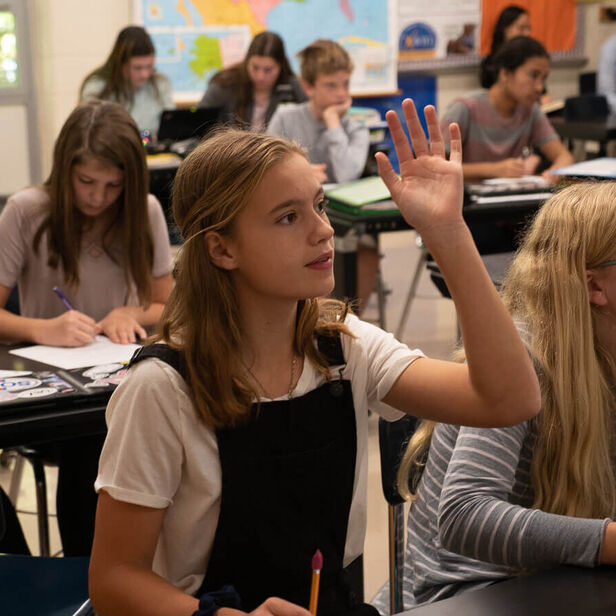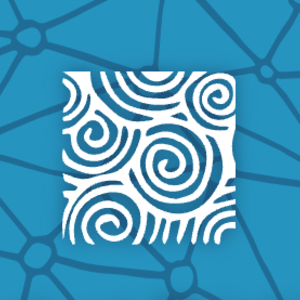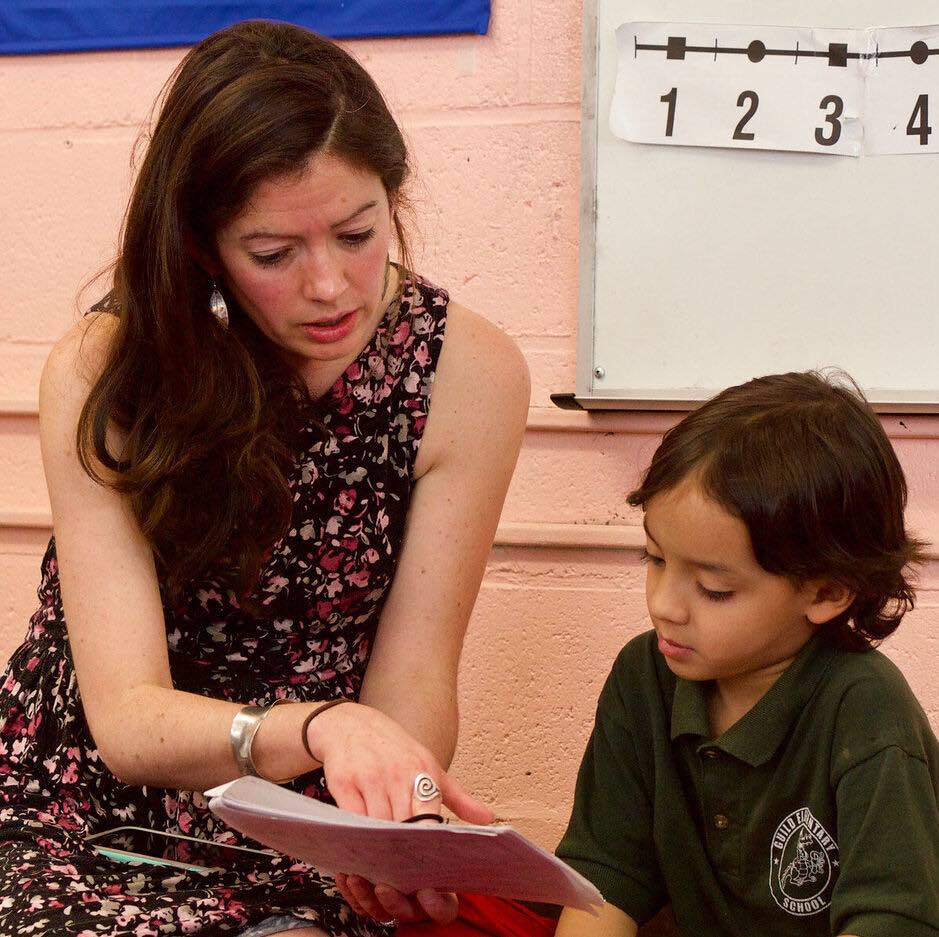Dr. Stephanie van Hover, a professor of social studies education at Curry, is another teacher-educator who organizes her teaching around big ideas, including one that is of particular importance to history teachers: contextualization.
First, some context on contextualization: Virginia’s Academic Standards call for students to develop “historical thinking skills” by, among other things, “synthesizing evidence from artifacts and primary and secondary sources to obtain information about events in Virginia and United States history.” But to analyze a source, the reader must place it in context, and understand how the time, place, and circumstances in which it was produced influences its creation.
This particular idea spirals throughout the content standards. Students must continually place evidence in context, and the nature of the evidence and what we ask students to do with it increases in complexity as students progress through middle and high school, in particular.
“To understand the nature of evidence, you have to know information,” says van Hover. “We ask people to analyze, to compare, to contrast, to assess, to think critically – and we love the words ‘critical thinking’ – but you can’t think about nothing. You need to know something in order to be able to think about it.”














